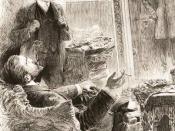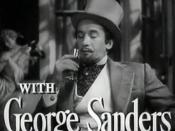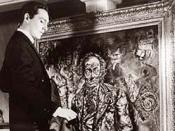The term 'beauty' may have very relative significance. Something can be beautiful for us, but ugly for other people. The external beauty of a person is often the first thing that we pay attention to. This is the result of the association of beauty with good and ugliness with evil. Through the outer appearance we make a general opinion about a given person. Such a way of thinking may be very misleading. In order to get to know the person we need to look to the inside - into the soul. This is the place where the real beauty and ugliness are hidden.
The notion of inner and outer beauty is perfectly presented in the novel 'The Picture of Dorian Gray' by Oscar Wilde. The story described in this book shows how the external attractiveness influences people's behavior and corrupts the inner beauty. The plot situated in the XIX England perfectly describes the higher class of this period.
Shallow and two-faced society is concentrated only on the esthetical values of the surrounding. Youth and beauty are the most precious and superior things. Even the worst deeds are forgotten if your beauty is extraordinary. The main character, Dorian Gray is an example of a person from a higher class. This twenty-year old and extremely handsome young man is regarded among society as an ideal of beauty. His physical attractiveness draws the attention of a very talented painter Basil Hallward. He decides to immortalize Dorian's beauty and paints his portrait. In the meantime Dorian meets cynical nobleman, Lord Henry Wotton. Just like everyone else, Lord Henry is astonished by the prettiness and innocence of Dorian. Henry is a charming talker, and his views concerning beauty are the same as the views of other members of nobility. He cherishes it...


